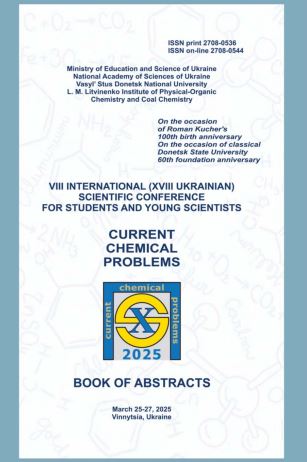Dependence of the catalytic properties of rGO-Al2O3 nanocomposites on the fraction size of aluminum oxide carrier
Abstract
Carbon nanomaterials catalyze hydrogenation with molecular hydrogen, as demonstrated in hydrocarbon hydrogenation [1]. Their catalytic activity requires high crystallinity and low oxygen content [2]. Given its crystallinity and large surface area, reduced graphene oxide (rGO) is a promising hydrogenation catalyst. However, the effects of graphene plane size, layer count, defectiveness, and carrier structure on rGO’s activity remain unclear. This study investigates the catalytic properties of rGO applied to aluminum oxide and the impact of different carrier size fractions on nanocomposite activity.
References
N. Syakir, T. Saragi, F. Fitrilawati Syakir N. Materials Science Forum, 2021 DOI:10.4028/www.scientific.net/MSF.1028.302
J. Munuera, L. Britnell, S. Santoro. 2D Materials, 2021 DOI 10.1088/2053- 1583/ac3f23
Marcano, D. ACS Nano, 2010 doi.org/10.1021/nn1006368

